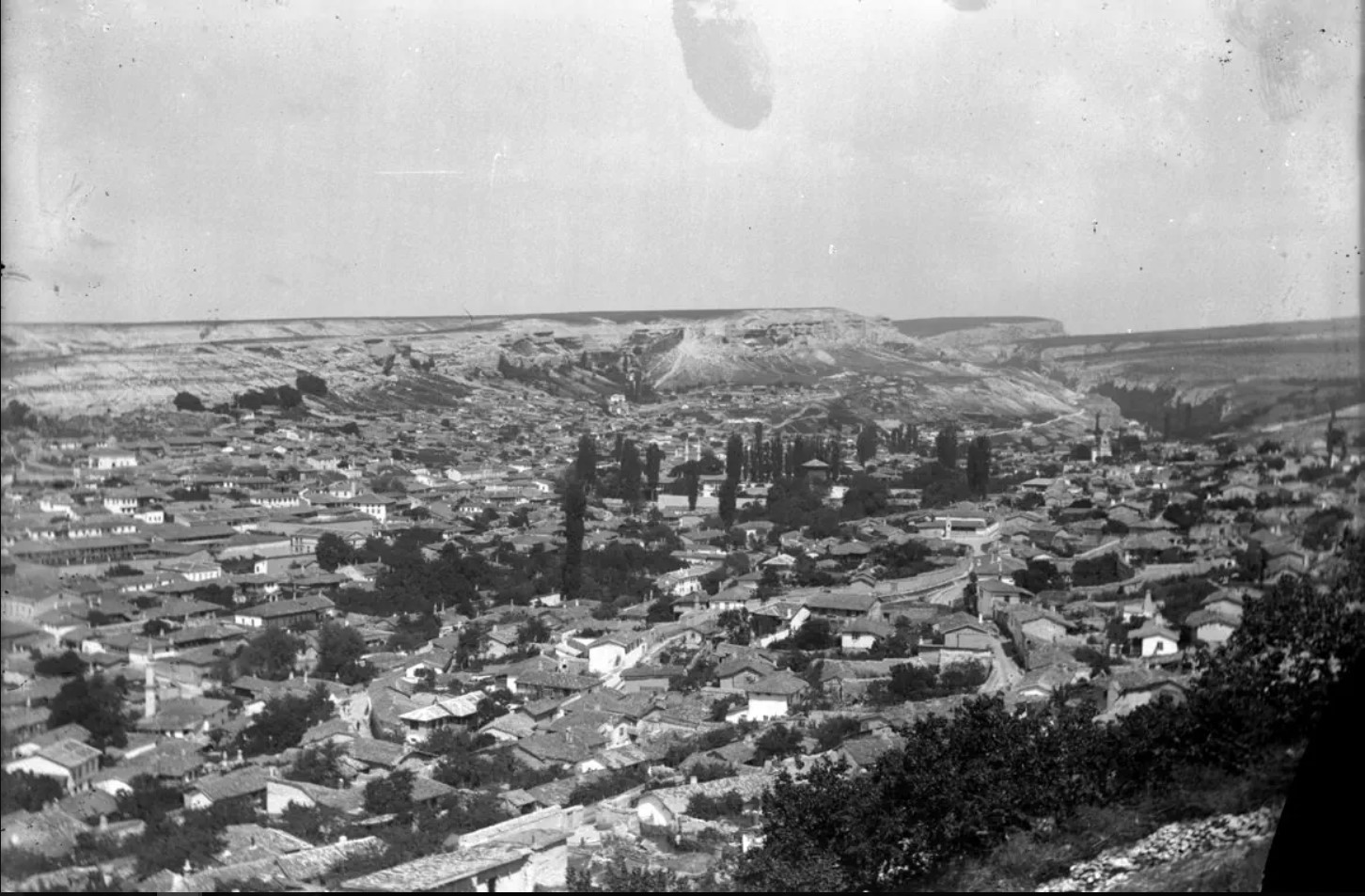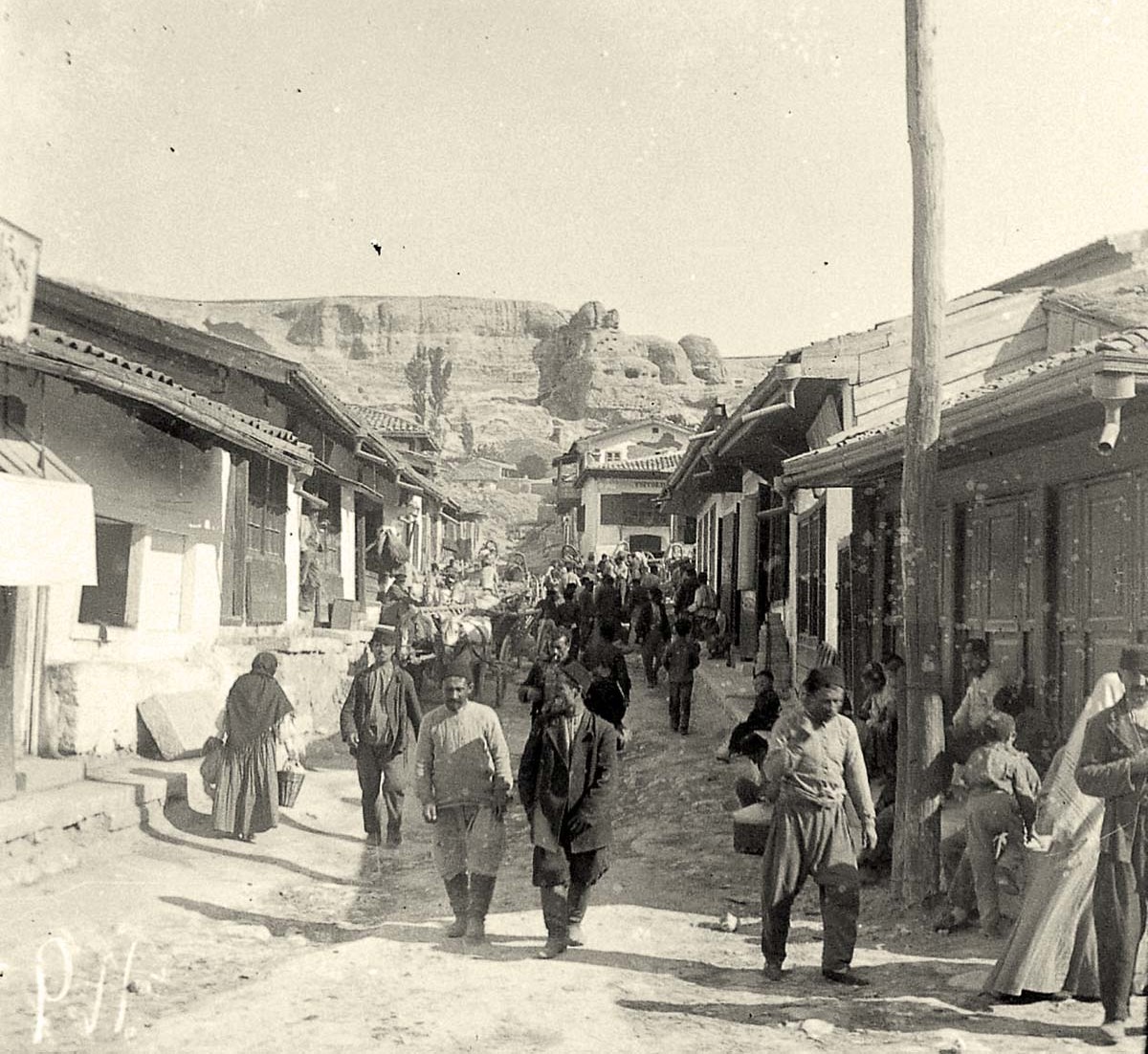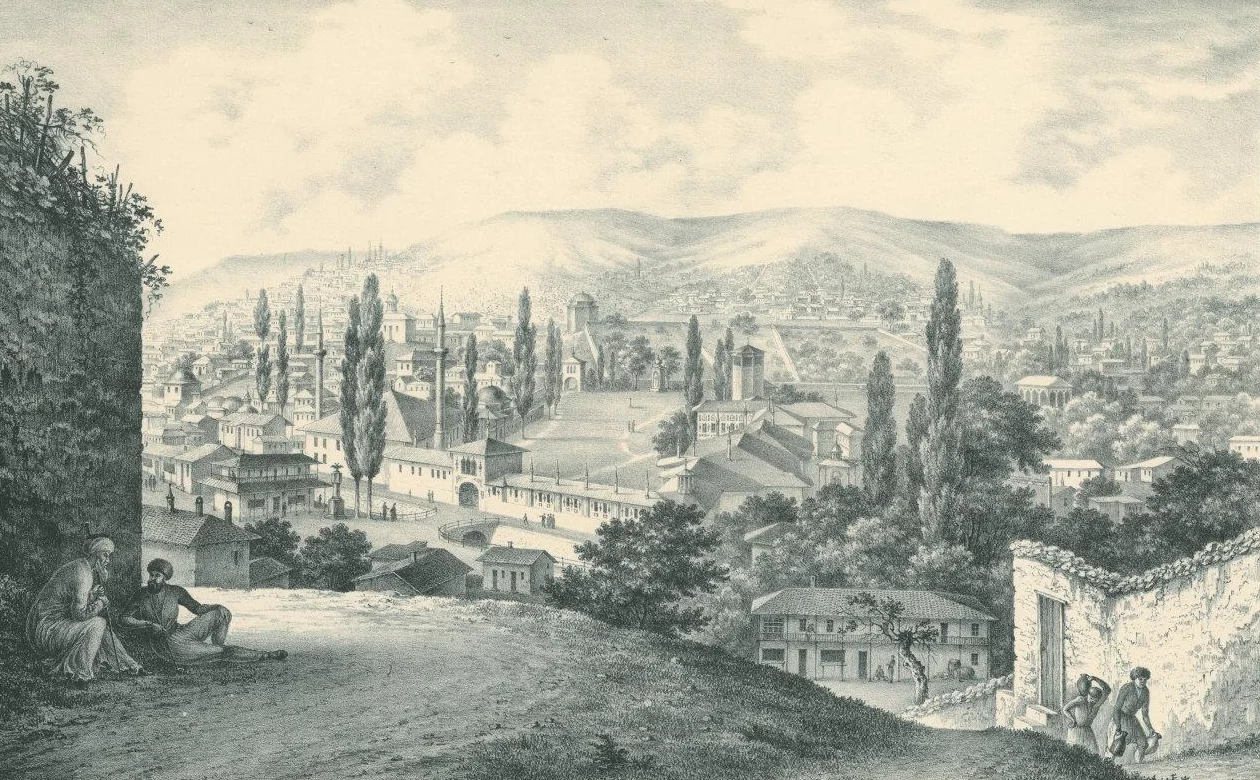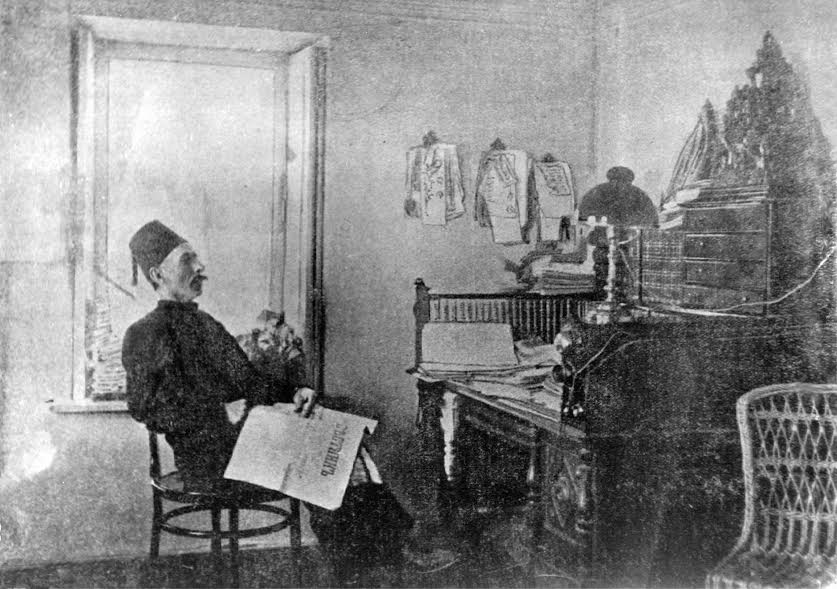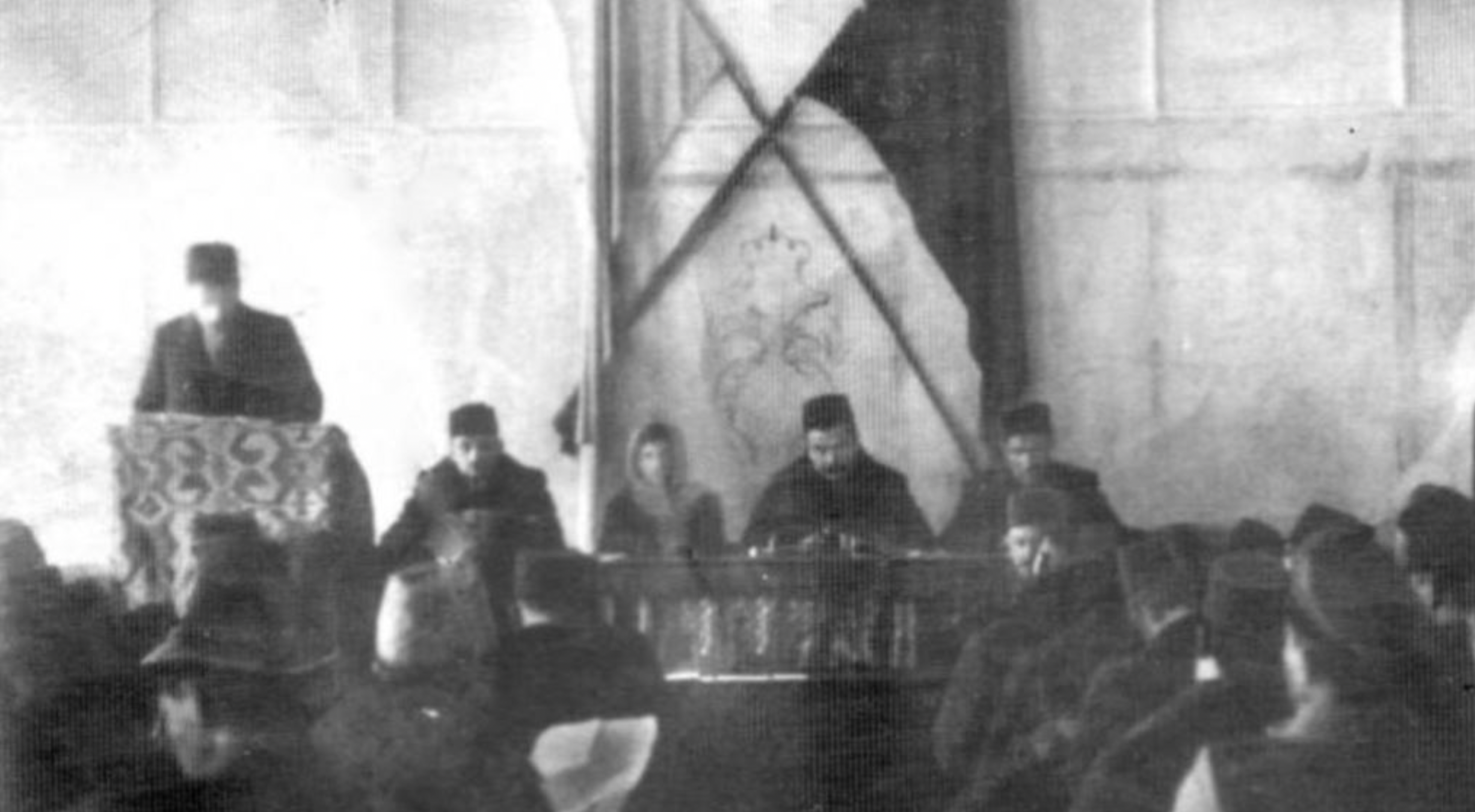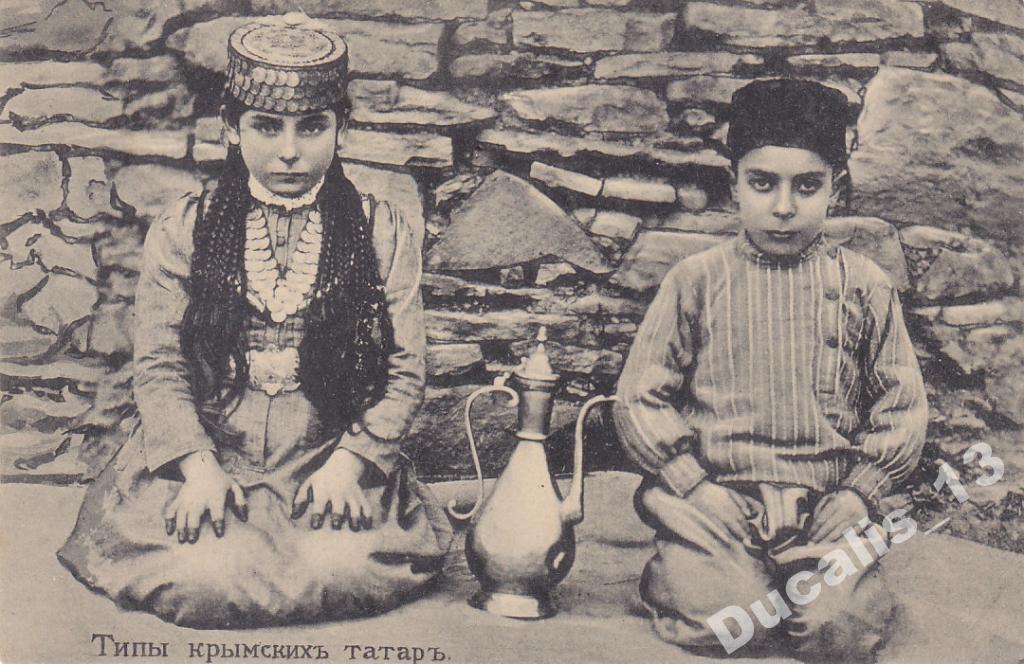Crimean Tatars are the indigenous people of Crimea and Ukraine.
The Crimean Tatar people were historically formed on the territory of the Crimean Peninsula and are the descendants of many tribes and peoples that inhabited these lands for thousands of years. The process of ethnogenesis of the Crimean Tatars was long and complex, Tauri, Cimmerians, Scythians, Sarmatians, Alans, Hellenes, Goths, Huns, Khazars, Kipchaks, Italians, Hordes and others took part in it and left their genetic traces. This is confirmed by the peculiarities of the anthropological type, race, language, character, traditions, religion and lifestyle of the Crimean Tatars. The Crimean Tatars formed as a people before the 14th century, and already in the 15th they created their own independent state – the Crimean Khanate.
Despite the fact that the formation process is well known, today there is still no generally accepted concept of the ethnogenesis of the Crimean Tatar people. The main obstacle on the way to the approval of the true version of the origin of the indigenous people of Crimea has always been its politicization.
